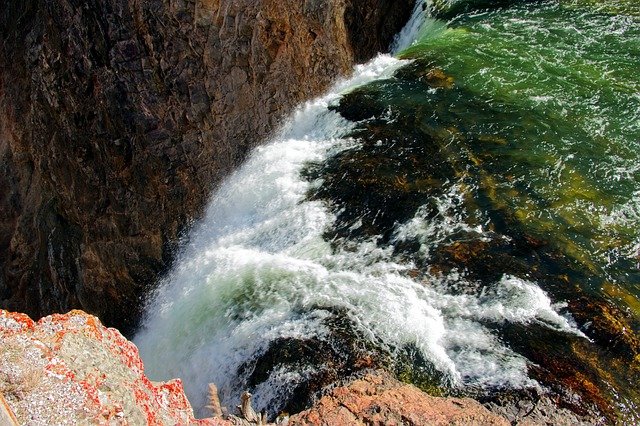- New research identifies 10,443 critically endangered species worldwide, with effective protection strategies available if funding and political will follow.
- More than 1,500 species, or 15% of the critically endangered species, are estimated to have fewer than 50 mature individuals remaining in the wild.
- Just 16 countries hold more than half of all critically endangered species, with concentrations across the Caribbean islands, Atlantic coastal regions of South America, the Mediterranean, Cameroon, Lake Victoria, Madagascar and Southeast Asia.
- Improving the status of critically endangered species would cost between an estimated $1 billion and $2 billion annually, a small fraction of global economic activity and less than 2% of the net worth of billionaires Elon Musk, Jeff Bezos or Mark Zuckerberg.
Extinction is an overwhelming concept, difficult to grasp in its enormity and finality. Thousands of species are barreling toward that grim fate, unless we help. A comprehensive new study provides the clearest picture yet of Earth’s most imperiled species, and offers evidence that conservation can work.
The study published in Nature Reviews Biodiversity found that 10,443 species are critically endangered, the worst threat category before extinct in the wild and, finally, extinct. Species qualify as critically endangered on the IUCN Red List when they meet strict thresholds such as rapid population declines, extremely restricted ranges, or having fewer than 50 mature individuals remaining.
“It is surprising that more than 1,500 species, so 15% of the critically endangered species, are estimated to have fewer than 50 mature individuals remaining in the wild, a large number of those plants,” Rikki Gumbs, research fellow at the Zoological Society of London’s Institute of Zoology and co-author of the study, told Mongabay.
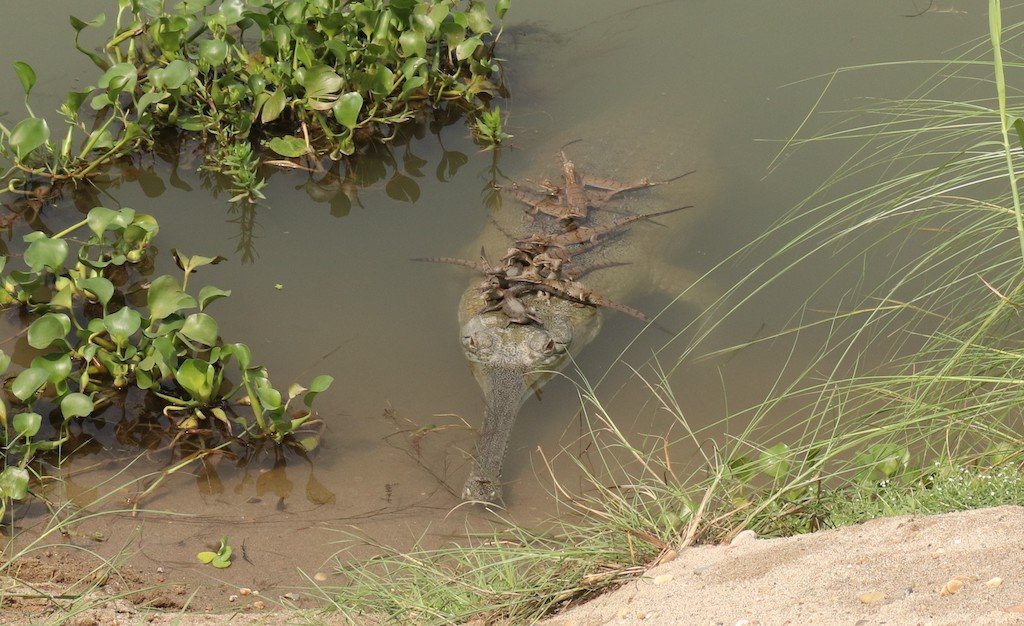
“The good news is that it’s within our power as humans to [save them]. It’s our unsustainable behaviour driving these devastating declines — whether through deforestation or the introduction of invasive species and diseases — so we can turn things around and bring these species back from the brink.”
Most critically endangered species, 77%, earned their status because they have extremely limited habitat remaining. Seven species, including three amphibians, three tortoises and the vaquita porpoise (Phocoena sinus), face more than a 50% chance of going extinct in the next 10 years.
Geographic concentration
Just 16 countries hold more than half of all critically endangered species, with concentrations across the Caribbean islands, Atlantic coastal regions of South America, the Mediterranean, Cameroon, Lake Victoria, Madagascar and Southeast Asia. Most species, 96.7%, are endemic to a single country, making their conservation dependent on national efforts. Madagascar alone hosts 670 critically endangered species found nowhere else on Earth.
“When you think of it as just being 16 countries that hold such a very large number of critically endangered species for which they are nearly completely responsible, that really kind of drives home the importance of emphasizing conservation efforts needed in those nations,” Thomas E. Lacher Jr., an emeritus professor at Texas A&M University and co-author of the study, told Mongabay.
Islands face particularly high extinction risks, hosting around 40% of critically endangered species despite comprising less than 6% of global land surface.
Hawai‘i exemplifies this crisis, contributing hundreds of the United States’ critically endangered species. On some Hawaiian islands, more than half of the endemic plant species face critical extinction risk.
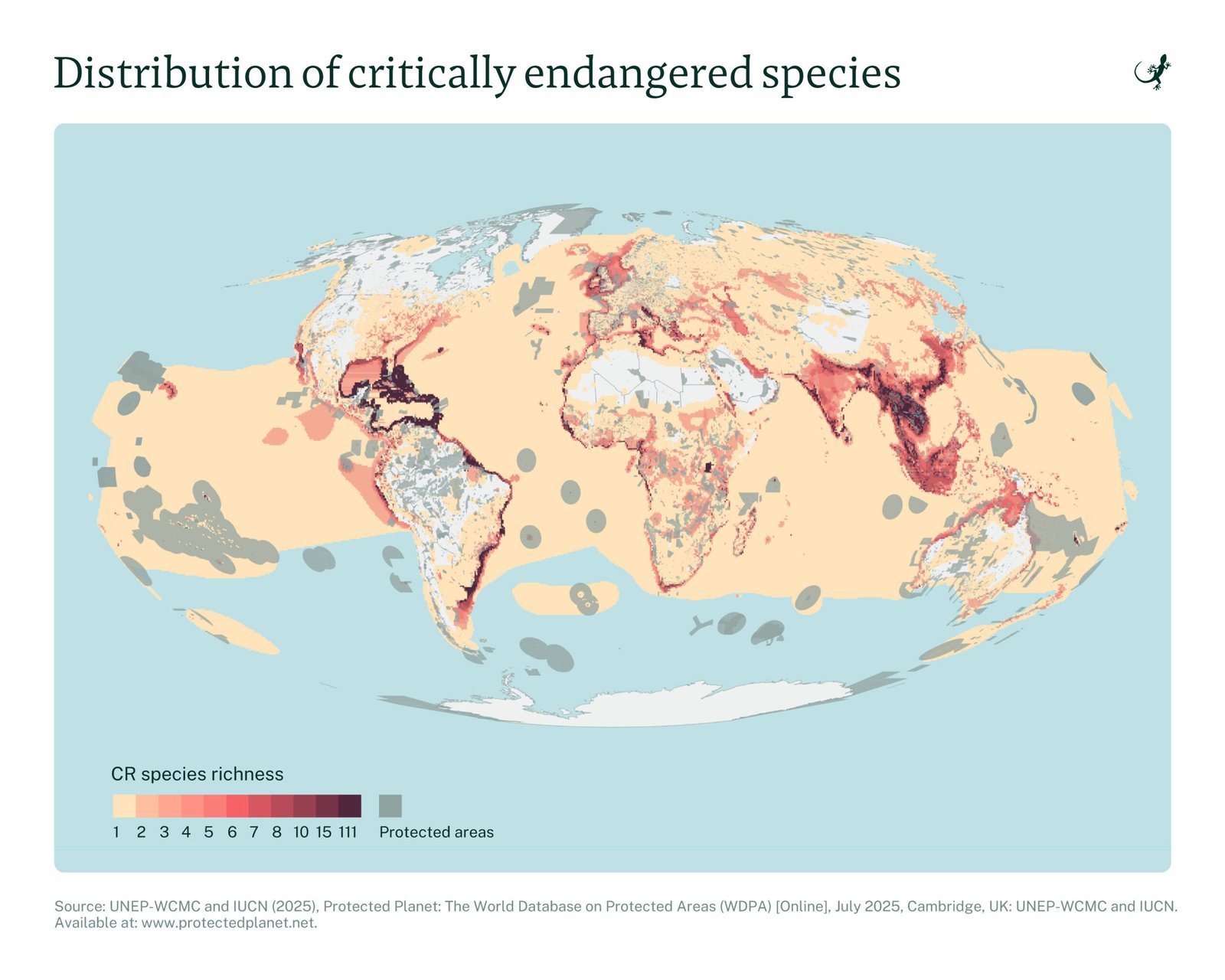
A mass extinction barrels forward
Making the situation even more urgent, nearly 30% of critically endangered species haven’t been reassessed for the IUCN Red List in more than 10 years, meaning scientists may not have current information about their status.
Dramatic population collapses can occur rapidly. Several Asian vulture species, including the white-rumped vulture (Gyps bengalensis) and long-billed vulture (Gyps indicus), lost 90% or more of their populations in short time frames. Since 1980, 345 mammal, bird and amphibian species have seen their status worsen from endangered to critically endangered.
More than half, 56%, of all critically endangered species have declining populations. Only 2.6% have stable populations, and just 0.5% are increasing.
Even more troubling, more than 13% of critically endangered species are tagged as “possibly extinct,” meaning they may have already disappeared but scientists haven’t been able to confirm it.
Over the last century, more than 540 species of vertebrates (animals with backbones) have gone extinct, including the ivory-billed woodpecker (Campephilus principalis), the Round Island burrowing boa (Bolyeria multocarinata), the laughing owl (Ninox albifacies), the sea mink (Neovison macrodon) and the golden toad (Incilius periglenes).
And those are just the ones we know of.
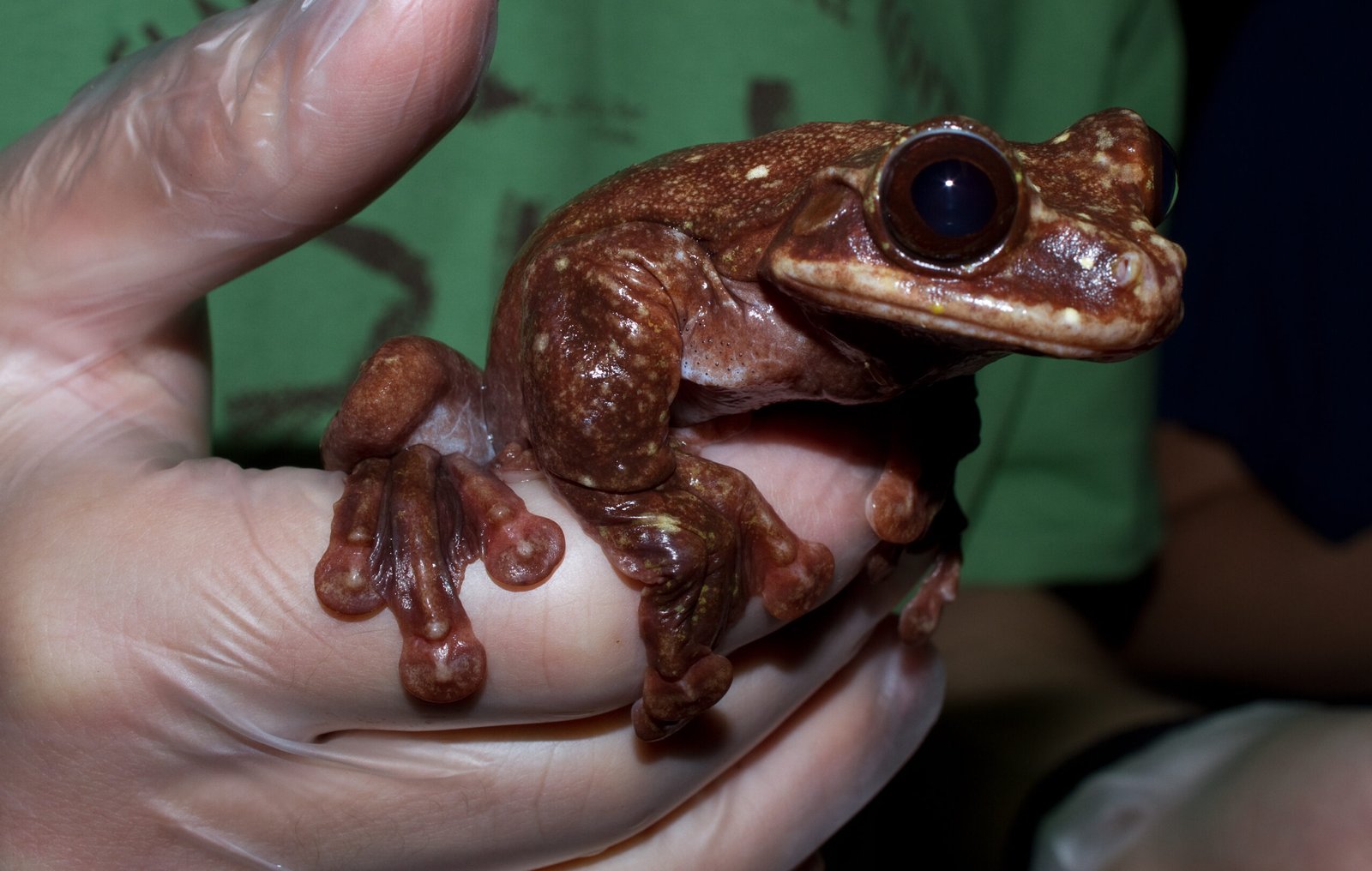
According to a report by the U.N.’s Intergovernmental Science-Policy Platform on Biodiversity and Ecosystem Services (IPBES), the number of terrestrial species on Earth has declined by 20%, primarily over the past 120 years.
“The ongoing sixth mass extinction may be the most serious environmental threat to the persistence of civilization, because it is irreversible,” wrote the authors of a 2020 study on extinction.
Varied threats
More than half of the species listed as critically endangered are plants (60%), followed by vertebrates (25%) and invertebrates (15%). Another recent assessment found that of all known tree species found only in Mesoamerica, nearly half are threatened with extinction.
“Vast areas of forest have been denuded or fragmented. It’s not a pretty picture, ecologically speaking,” William Laurance, a tropical ecologist at James Cook University in Australia, who wasn’t involved in the research, told Mongabay by email. “One might expect some bad news … though the overall picture is even darker than I would have imagined, frankly.”
According to the new study, farming, ranching and logging are the main threats to critically endangered species. For vertebrates (like mammals, birds and reptiles), farming and fish farming cause the most harm. Pollution threatens most freshwater species like the Yangtze finless porpoise (Neophocaena asiaeorientalis), while fishing impacts nearly three-quarters of marine species.

Invasive species represent the top threat to invertebrates, affecting about a third of critically endangered species in this group. House rats, domestic goats, feral pigs and cats are among the most destructive invasive mammals threatening invertebrate species, particularly on islands where native species evolved without such predators.
Climate change is also driving species toward extinction, with examples including the Pearson’s aloe (Aloe pearsonii) and giant quiver tree (Aloidendron pillansii) experiencing severe population crashes since 2016.
“Scientists have repeatedly warned that if we don’t change our ways we could see a mass extinction event with potentially hundreds of thousands, even millions, of species wiped out by human actions,” longtime Mongabay environmental journalist Jeremy Hance reported in The Guardian. “The impact — and scale — is impossible to imagine. The last time the Earth suffered such a mass extinction event was when an asteroid slammed into it, killing off all the non-avian dinosaurs. We didn’t show up for another 64m years.”
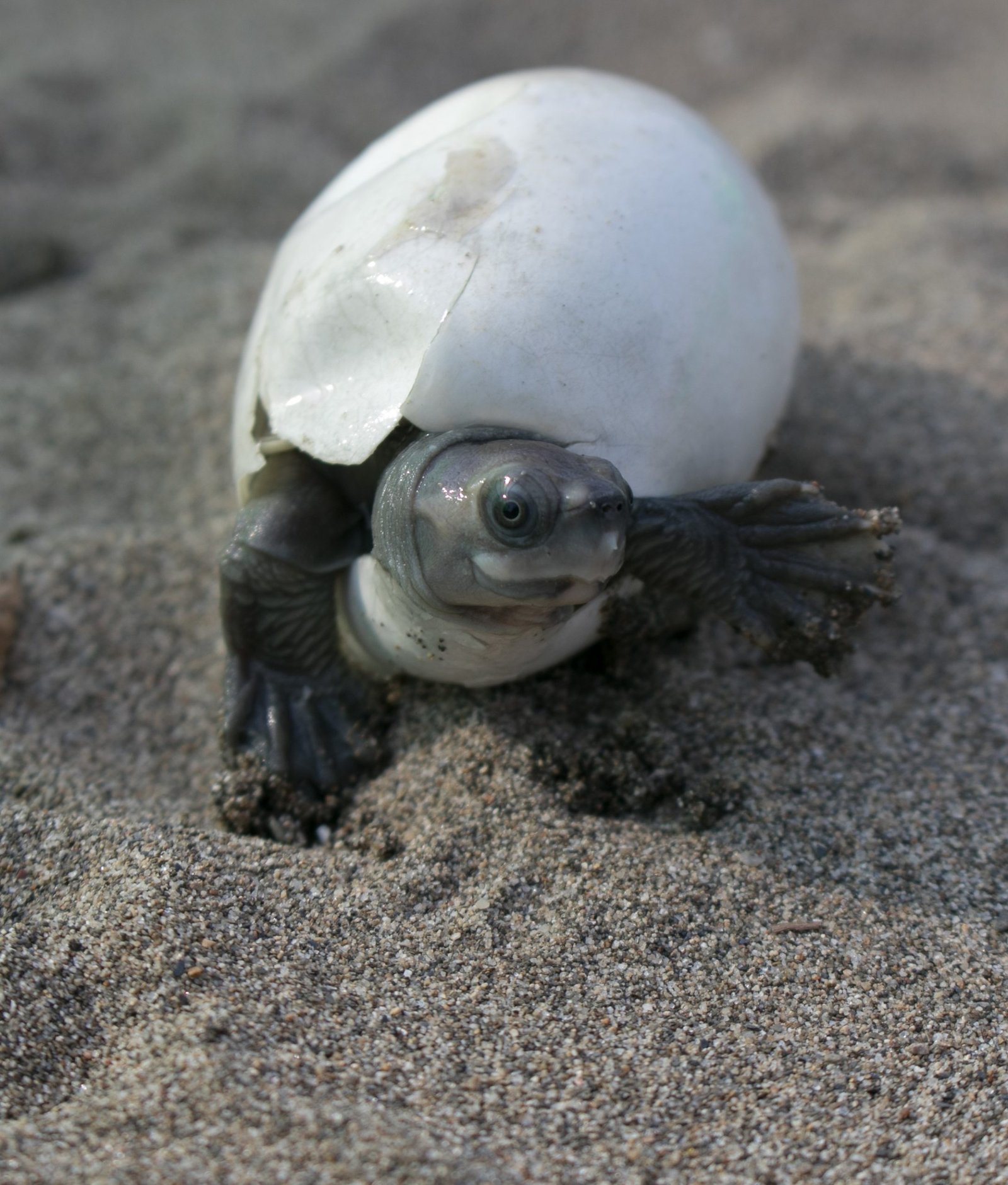
Conservation success stories
Despite the scale of the present crisis, conservation efforts have seen successes. Since 1993, conservation actions have prevented the extinction of at least 15 critically endangered bird species and nine mammal species, with some now recovering. Since 1980, 59 formerly critically endangered species have seen their conservation status improve.
For example, conservation efforts have brought the Burmese roofed turtle (Batagur trivittata) and the golden lion tamarin (Leontopithecus rosalia) back from the brink of extinction over the past decade.
Some other animals that have seen their populations drastically improve through human intervention include the buffalo (Bison bison), Southern white rhinoceros (Ceratotherium simum simum), giant panda (Ailuropoda melanoleuca), Arabian oryx (Oryx leucoryx), gray wolf (Canis lupus), and the northern brown kiwi (Apteryx mantelli).
“A large part of the review is to show that conservation works,” Gumbs told Mongabay. “We’ve had groups of very intelligent people working on this all around the world to develop these tools. If we can use these tools and strategies globally, and we have the right support, we can make a really positive difference for these most imperiled species in the world.”
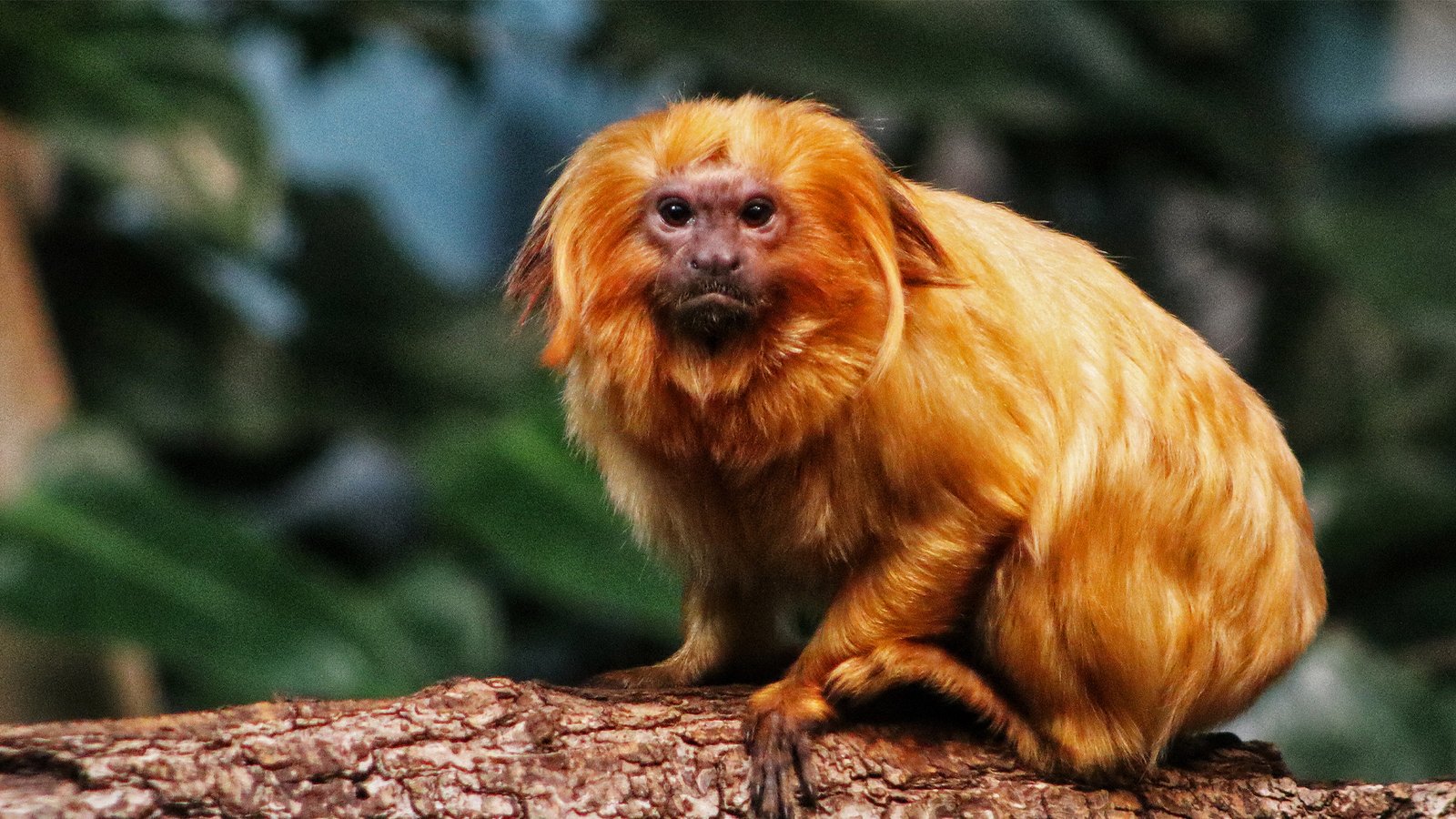
Path forward
But despite success, the study found major gaps in conservation efforts. While thousands of species have conservation programs, thousands more, especially insects and lesser-known plants, receive no assistance.
Most critically endangered species need their remaining habitat protected from further destruction. Many also need active management of their habitats, such as removing invasive species or restoring damaged areas.
About half of the critically endangered species need direct help through specialized programs, including breeding programs in zoos and aquariums, translocation to safer areas, or medical care for wild populations.
Scientists have identified nearly 3,000 Key Biodiversity Areas around the world that are crucial for critically endangered species. These are places that hold the most important populations or the last remaining individuals of threatened species.
Some of these areas are so important that losing them would mean the complete extinction of certain species. Currently, less than half of these critical areas have adequate protection, meaning urgent action is needed to safeguard these places.
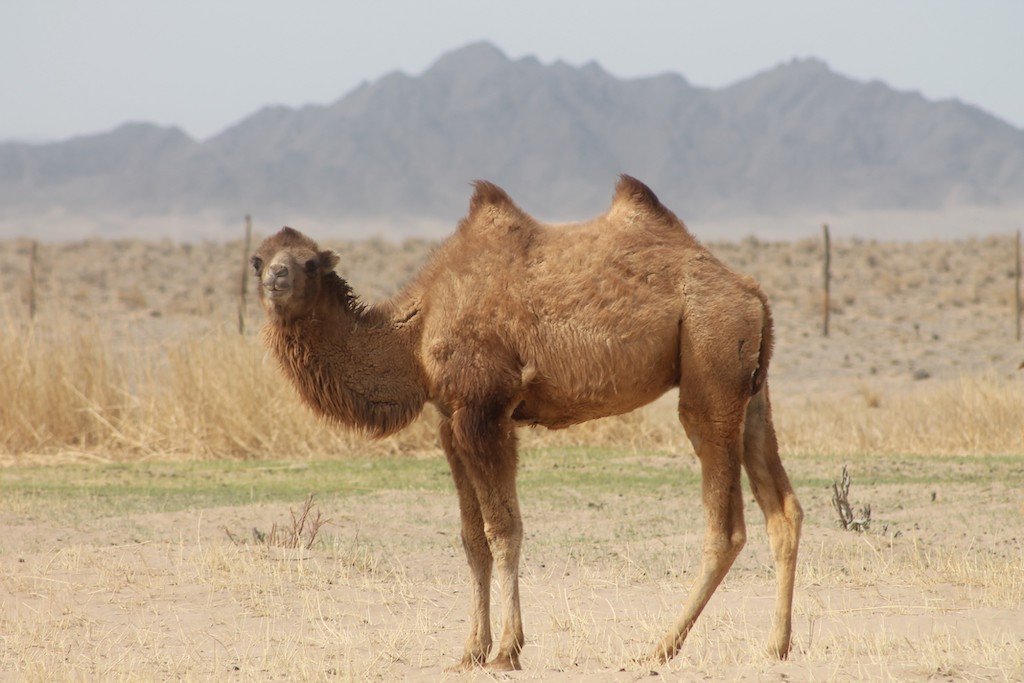
Indigenous and traditional peoples often have the deepest knowledge about local wildlife and have been managing lands sustainably for generations. Indigenous peoples’ lands cover about 28% of the total area in the world’s most important biodiversity areas. Including Indigenous knowledge and management practices in conservation efforts has proved essential for understanding and protecting threatened species.
Scientists are increasingly recognizing that conservation works best when it includes traditional knowledge alongside modern scientific methods. This approach helps fill gaps in scientific understanding and creates more effective conservation strategies.
Gumbs emphasizes protecting evolutionarily distinct species, work championed by ZSL’s EDGE program. More than half (60.5%) of critically endangered vertebrates qualify as EDGE species (Evolutionarily Distinct and Globally Endangered), which have few close relatives and represent irreplaceable branches on the tree of life, such as the bumblebee bat (Craseonycteris thonglongyai), aye-aye lemur (Daubentonia madagascariensis), the Chinese giant salamander (Andrias davidianus) and the tapir (genus Tapirus).
“The tapir is actually really good seed dispersers of larger seeds, which are then kind of crucial in forest regeneration across their range. And there’s nothing else like the species of tapir in those regions. [They are] very evolutionarily distinct,” Gumbs told Mongabay. “Once we lose a species, it’s gone for good. Eons lost in the blink of an eye.”
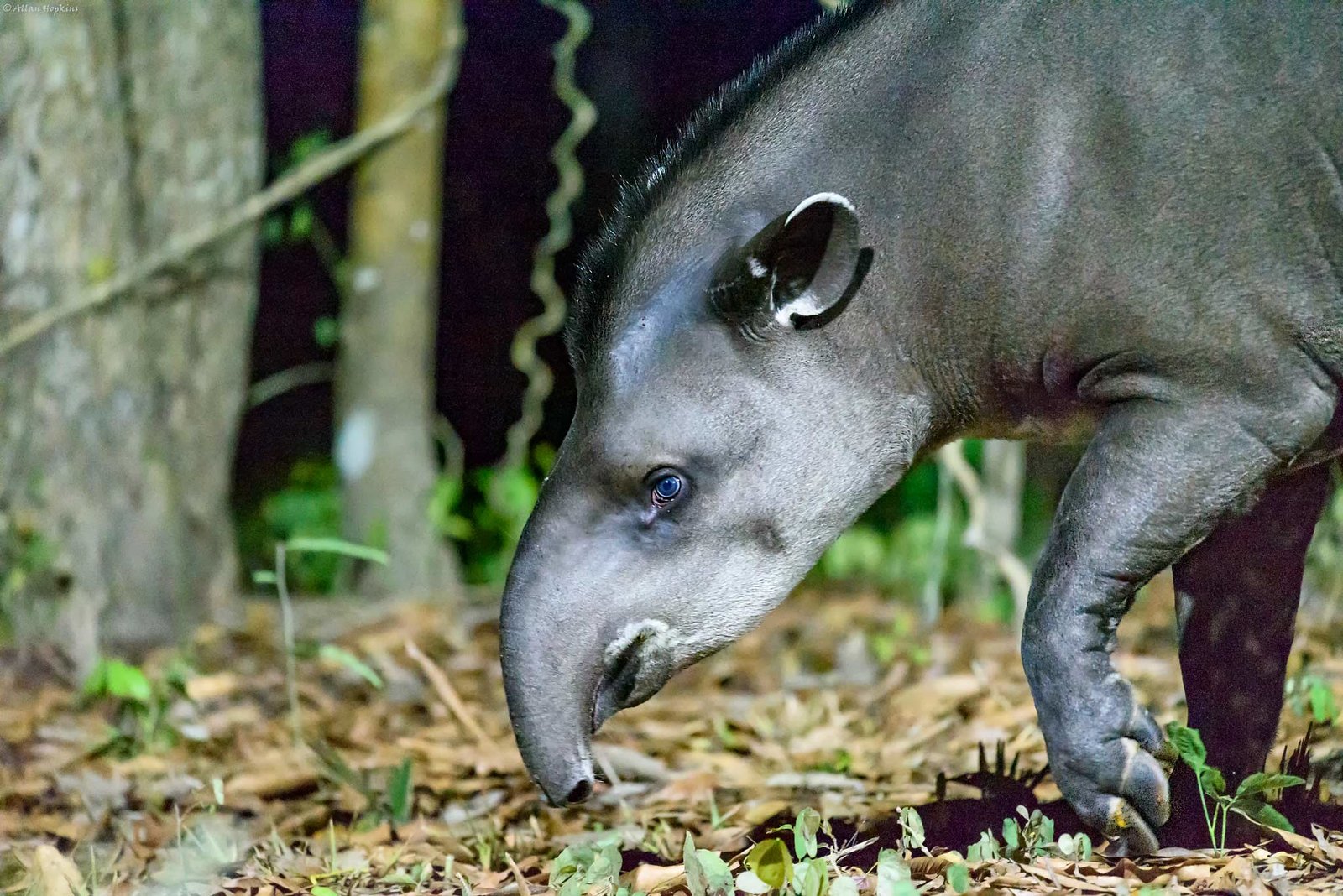
The tools and knowledge needed to save all known critically endangered species already exist, Lacher told Mongabay. However, success requires major changes in how society values nature and funds and prioritizes conservation efforts.
The relatively small cost of comprehensive species conservation is dwarfed by the money currently spent on activities that harm nature. Financial analysis estimates that bringing critically endangered species back from the brink of extinction would cost between $1 billion and $2 billion annually, a small fraction of global economic activity and less than 2% of the net worth of billionaires Elon Musk, Jeff Bezos or Mark Zuckerberg.
“We have at our disposal all of the tools we need, and we very often know the right kinds of responses and actions to put in place for these species,” Lacher told Mongabay. “There is hope, there is potential, and I think that’s something that we’ve tried to really emphasize.”
Banner image of Black rhino, a Critically Endangered species (c) ZSL
Citations:
Lacher Jr., T. E., Butchart, S. H., Gumbs, R., Long, B., Lopez-Gallego, C., Raimondo, D., … Hoffmann, M. (2025). The status, threats and conservation of Critically Endangered species. Nature Reviews Biodiversity, 1-18. doi:10.1038/s44358-025-00059-4
Ceballos, G., Ehrlich, P. R., & Raven, P. H. (2020). Vertebrates on the brink as indicators of biological annihilation and the sixth mass extinction. Proceedings of the National Academy of Sciences, 117(24), 13596-13602. doi:10.1073/pnas.1922686117
Lindken, T., Anderson, C. V., Ariano‐Sánchez, D., Barki, G., Biggs, C., Bowles, P., … Evans, T. (2024). What factors influence the rediscovery of lost tetrapod species? Global Change Biology, 30(1). doi:10.1111/gcb.17107
Beech, E., Alvarez Clare, S., Brewer, S., Coronado, I., Linares, J. L., MacVean, A. L., … Zamora Villalobos, N. (2025). Comprehensive tree assessments for prioritising conservation action in Mesoamerica. Plants, People, Planet. doi:10.1002/ppp3.70045
Ripple, J., Wolf, C., Gregg, W., & Torres-Romero, E. J. (2025). Climate change threats to Earth’s wild animals. BioScience. doi:10.1093/biosci/biaf059
Gumbs, R., Scott, O., Bates, R., Böhm, M., Forest, F., Gray, C. L., … Rosindell, J. (2024). Global conservation status of the jawed vertebrate Tree of Life. Nature Communications, 15(1). doi:10.1038/s41467-024-45119-z
Liz Kimbrough is a senior staff writer for Mongabay and holds a Ph.D. in Ecology and Evolutionary Biology from Tulane University, in New Orleans, Louisiana where she studied the microbiomes of trees. View more of her reporting here.
Elon Musk could avert global species extinction with only a portion of his wealth
FEEDBACK: Use this form to send a message directly to the author of this post. If you want to post a public comment, you can do that at the bottom of the page.

